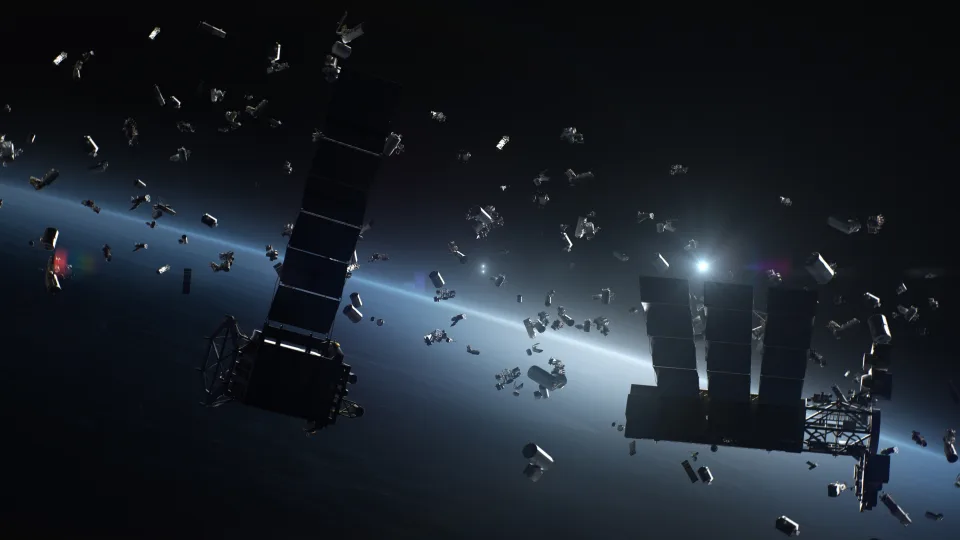NASA’s Double Asteroid Redirection Test (DART) mission will hit an asteroid not far from Earth with a test spacecraft weighing about 550 kilograms on Sept. 26 EST to test the protection of Earth from Methods of asteroid impact.
“Although this asteroid poses no threat to Earth, this is the world’s first test of kinetic energy impact technology, which uses the kinetic energy generated by the impact of the spacecraft to deflect the asteroid’s trajectory and complete planetary defense,” NASA said on Thursday. ”
In November 2021, a Falcon 9 rocket owned by SpaceX launched from Vandenberg Air Force Base in California with a DART test spacecraft.
After 10 months, DART will now pursue the target asteroid by performing three orbit correction maneuvers over the next three weeks. Each maneuver will reduce the margin of error for the spacecraft to hit the asteroid, the scientists say.
NASA said that after the final maneuver on September 25, 24 hours before the planned impact, the navigation team will determine the exact location of the asteroid Dimorphos, which is only 2 kilometers away from the spacecraft. Subsequently, the DART spacecraft will automatically guide and collide with the asteroid.
The DART mission team recently observed the twin asteroid system Didymos for the first time, of which the target asteroid Dimorphos is a small moon.
The image of the Didymos system from 20 million miles (about 32.18 million kilometers) away is still very blurry. However, astronomers can combine a series of images to pinpoint the exact location of the target asteroid Dimorphos.
“After seeing the first images of the Didymos binary asteroid system, we can determine the best settings for the spacecraft and fine-tune the software,” said Julie Bellerose, director of DART mission navigation at NASA’s Jet Propulsion Laboratory. “This September , we will further refine DART’s targeting information by pinpointing the Didymos location more precisely.”
If the DART spacecraft can hit Dimorphos at 15,000 miles per hour (about 24,140 kilometers per hour), the planetary defense theory of kinetic energy hitting an asteroid could be tested.
“Kinetic impact systems mean that you hit an asteroid that might hit Earth with a spacecraft and then change its orbit,” said Andy Rivkin, a planetary astronomer at the Johns Hopkins University Applied Physics Laboratory. sun orbit.”
The DART mission doesn’t yet change the orbit of the Didymos system; its goal is to change the speed of the small satellite Dimorphos. Ground-based telescopes and spacecraft monitoring data will eventually tell scientists whether the plan is a success.
The Didymos binary asteroid system orbits the sun at a speed of 20 miles (32 kilometers) per second. Rifkin explained that if the kinetic impact method was used to change the orbit of the small moon Dimorphos, the engineers only planned to change the speed of the moon around the host star by a small amount, say a few centimeters per second.
That’s why the Didymos system was chosen for the DART mission for testing. Didymos orbits its host star at about 30 centimeters per second, making it easier for scientists to detect impact effects.
If this method works, the scientists’ idea is to apply the same technique to larger planets. Before this mission, scientists could only simulate impact events in the laboratory. The DART mission will provide scientists with more data to refine planetary defense plans.




GIPHY App Key not set. Please check settings